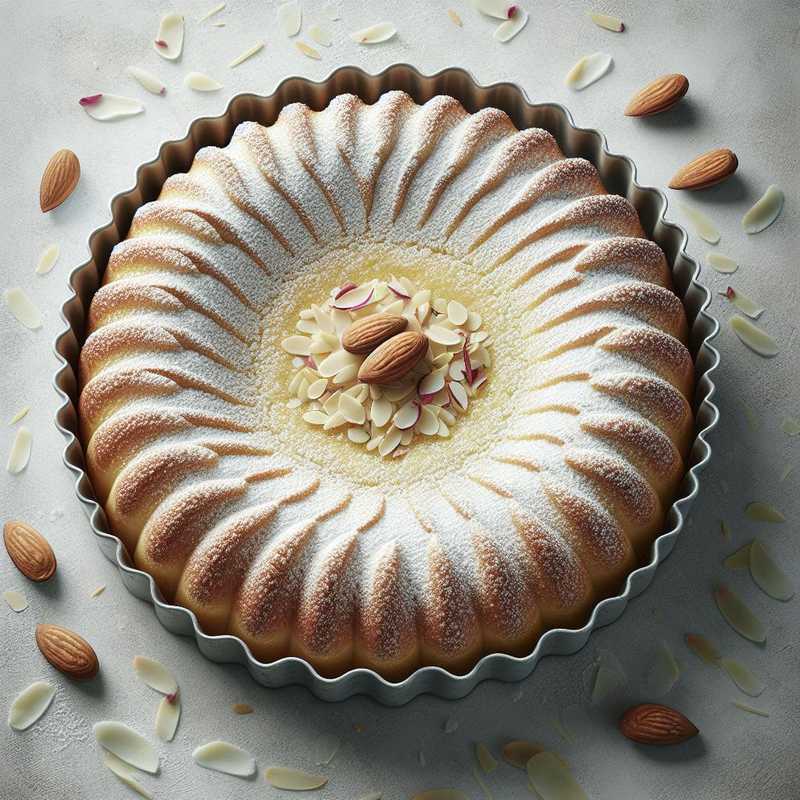Persian Love Cake
17/11/2023The Persian Love Cake is a Persian dessert full of exotic aromas and flavors, which has its roots in the legends and tradition of Middle Eastern pastry. This dessert is said to have originated from the story of a woman in love with a prince, for whom she would have created a cake so irresistible that it would make him fall in love with her.
Here’s the recipe for a basic version of the Persian Love Cake, with an Italian touch where possible:
Ingredients
- 200 g of almond flour
- 100 g of semolina
- 220 g of brown sugar
- 120 g of soft butter
- 2 large eggs
- The grated zest of 1 organic orange
- 1 teaspoon of vanilla extract
- 1 teaspoon of baking powder
- 1/2 teaspoon of baking soda
- 1 pinch of salt
- 1 teaspoon of ground cardamom
- 1 teaspoon of rose water (optional for a more authentic touch)
- For the frosting: 250 g of Greek yogurt or mascarpone
- 2-3 tablespoons of honey
- Edible rose petals and chopped pistachios for decoration
Preparation
- Preheat the oven to 180 °C and line a 22cm diameter springform pan with parchment paper.
- In a large bowl, mix almond flour, semolina, brown sugar, baking powder, baking soda, cardamom, and salt.
- Add the soft butter, eggs, orange zest, vanilla extract, and rose water, mix well until you obtain a homogeneous dough.
- Pour the mixture into the pan and bake for about 30-40 minutes or until a skewer inserted in the center of the cake comes out clean.
- Let it cool in the pan for 10 minutes, then transfer to a wire rack to cool completely.
- As the cake cools, prepare the frosting by mixing the Greek yogurt or mascarpone with the honey until you get a smooth and spreadable mixture.
- Spread the frosting on the cooled cake and decorate with rose petals and chopped pistachios.
Curiosity
The Persian Love Cake, in addition to being aesthetically elegant, is an aromatic triumph thanks to cardamom and rose water. In Iran, these ingredients are commonly used in sweets and drinks precisely for their scent capable of evoking romance and passion. Rose water, in particular, is an ingredient that is not widely used in Italian cooking, making this dessert a true cultural culinary bridge.
